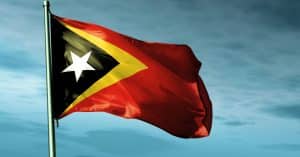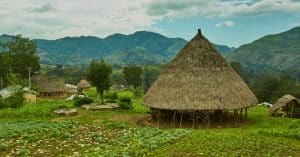- Trading
- Trading
- Markets
- Markets
- Products
- Forex
- Commodities
- Metals
- Indices
- Shares
- Cryptocurrencies
- Treasuries
- ETFs
- Accounts
- Accounts
- Compare our accounts
- Our spreads
- Funding & withdrawals
- Open account
- Try free demo
- Platforms & tools
- Platforms & tools
- Platforms
- Platforms
- Platforms overview
- TradingView
- MetaTrader 4
- MetaTrader 5
- Mobile trading platforms
- Premium trading tools
- Premium trading tools
- Tools overview
- VPS
- Genesis
- Education
- Education
- Resources
- Resources
- News & analysis
- Education hub
- Economic calendar
- Earnings announcements
- Help & support
- Help & support
- About
- About
- About GO Markets.
- Our awards
- Sponsorships
- Client support
- Client support
- Contact us
- FAQs
- Quick support
- Holiday trading hours
- Maintenance schedule
- Fraud and scam awareness
- Legal documents
- Trading
- Trading
- Markets
- Markets
- Products
- Forex
- Commodities
- Metals
- Indices
- Shares
- Cryptocurrencies
- Treasuries
- ETFs
- Accounts
- Accounts
- Compare our accounts
- Our spreads
- Funding & withdrawals
- Open account
- Try free demo
- Platforms & tools
- Platforms & tools
- Platforms
- Platforms
- Platforms overview
- TradingView
- MetaTrader 4
- MetaTrader 5
- Mobile trading platforms
- Premium trading tools
- Premium trading tools
- Tools overview
- VPS
- Genesis
- Education
- Education
- Resources
- Resources
- News & analysis
- Education hub
- Economic calendar
- Earnings announcements
- Help & support
- Help & support
- About
- About
- About GO Markets.
- Our awards
- Sponsorships
- Client support
- Client support
- Contact us
- FAQs
- Quick support
- Holiday trading hours
- Maintenance schedule
- Fraud and scam awareness
- Legal documents
- Home
- News & Analysis
- Forex
- Countries Using The US Dollar
- Capital: Dili
- Population: 1,242,000 (2017)
- Official language(s): Tetum, Portuguese
- Gross Domestic Product (GDP): $2.9 billion (2017)
- Capital: Quito
- Population: 16,390,000 (2016)
- Official language: Spanish
- Gross Domestic Product (GDP): $103 billion (2017)
- Capital: San Salvador
- Population: 6,345,000 (2016)
- Official language: Spanish
- Gross Domestic Product (GDP): $24 billion (2017)
- Capital: Ngerulmud
- Population: 21,503 (2016)
- Official language(s): English, Palauan
- Gross Domestic Product (GDP): $291 million (2017)
- Capital: Majuro
- Population: 53,066 (2016)
- Official language(s): English, Marshallese
- Gross Domestic Product (GDP): $199 million (2017)
- Capital: Palikir
- Population: 104,937 (2016)
- Official language: English
- Gross Domestic Product (GDP): $336 million (2017)
- Capital: Panama City
- Population: 4,043,000 (2016)
- Official language: Spanish
- Gross Domestic Product (GDP): $61 billion (2017)
- Capital: Harare
- Population: 16,150,000 (2016)
- Official language(s): 16 languages including English, Chewa, and Shona
- Gross Domestic Product (GDP): $17 billion (2017)
News & AnalysisThe US Dollar is the most traded currency in the world and paired with all other major currencies. It acts as the intermediary in triangular currency transactions, held by almost every central bank around the world.
Unofficially, US Dollar utilization occurs in over 30 countries worldwide and officially; it gets used as a legitimate currency in eight other places around the world. Let’s find out who those countries are.
East Timor
East Timor is a sovereign state in Maritime Southeast Asia, north of Australia. It became a sovereign state on 20th May 2002.
Ecuador
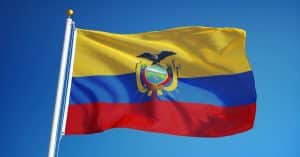
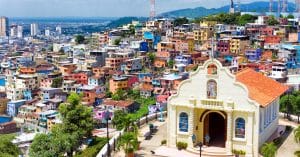
Another country that uses the US Dollar as an official currency is Ecuador. The South American nation adopted the US Dollar as the official currency in January 2001. It is the seventh largest economy in South America, and it is also a member of Organization of the Petroleum Exporting Countries (OPEC).El Salvador
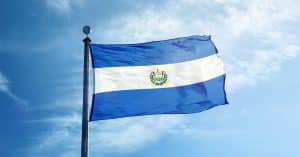
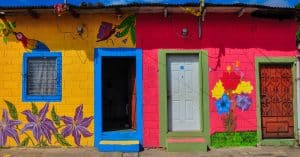
El Salvador, the smallest and the most densely populated country in Central America is another country that is using US Dollar as an official currency. It has the largest economy in Central America and the only Central American nation without a Caribbean coastline.Palau
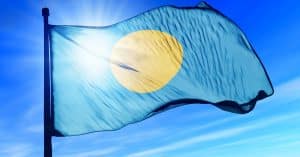
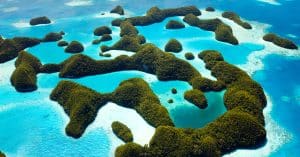
Historically knows as Belau, Palaos and Pelew the country is made up from around 340 islands and is located in the western Pacific Ocean. It is the 180th largest country in the world at 465 square kilometres, and it has one of smallest economies in the world.Marshall Islands
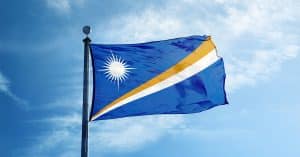
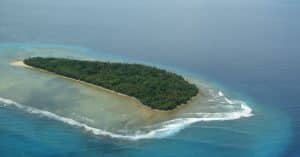
The Republic of the Marshall Islands is an island country near the equator in the Pacific Ocean. It is worlds 189th largest country regarding land area with 181 square kilometers. The islands have a few natural resources, and their imports far exceed their exports.Micronesia
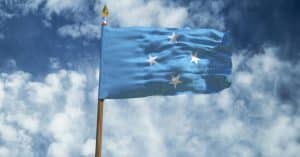
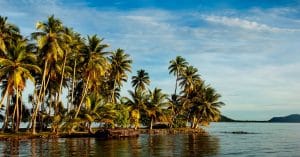
The Federated States of Micronesia is an independent sovereign nation and the United States associated state, so it is no surprise they use the Dollar as an official currency. The area is made up from around 600 islands, and it does not share any land borders.Panama
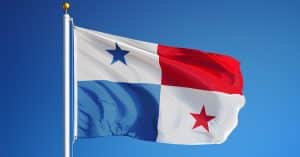

Officially known as the Republic of Panama is a country in Central America bordering Columbia and Costa Rica. Panama has two official currencies – Panamanian Balboa (PAB) and the US Dollar. Since 1904, the Dollar has circulated in the Central American nation.Zimbabwe
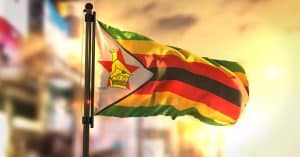
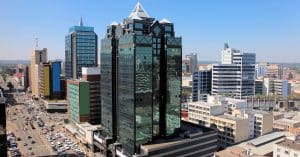
Zimbabwe is a landlocked country in the south of Africa, bordering Zambia, Mozambique, Botswana, and South Africa. The African nation experienced significant economic downfall under their previous president Robert Mugabe, and their currency was virtually worthless. In 2008, in the midst of a financial crisis, Zimbabwe got rid of their money and adopted the American Dollar.By Klāvs Valters (Market Analyst)
This article is written by a GO Markets Analyst and is based on their independent analysis. They remain fully responsible for the views expressed as well as any remaining error or omissions. Trading Forex and Derivatives carries a high level of risk.
Ready to start trading?
Disclaimer: Articles are from GO Markets analysts and contributors and are based on their independent analysis or personal experiences. Views, opinions or trading styles expressed are their own, and should not be taken as either representative of or shared by GO Markets. Advice, if any, is of a ‘general’ nature and not based on your personal objectives, financial situation or needs. Consider how appropriate the advice, if any, is to your objectives, financial situation and needs, before acting on the advice.
Next Article
The Art Of War & Trading: Part 4
军势篇 Chapter: The Flow Of Directing Troops (Trades) Original Text: 孙子曰:凡治众如治寡,分数是也; Translation: The control of a large force is the same principle as the control of a few men; it is merely a question of dividing up their numbers. Often beginner traders with relatively small accounts tend to treat t...
September 19, 2018Read More >Previous Article
Understanding Inflationary Pressures
Broadly speaking, inflation is a general increase in prices which result in a fall in the purchasing value of money. In this article, we are going...
September 14, 2018Read More >Please share your location to continue.
Check our help guide for more info.




